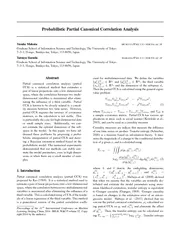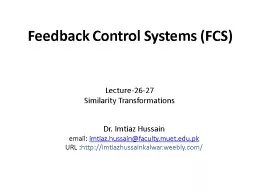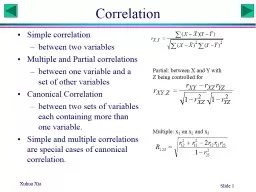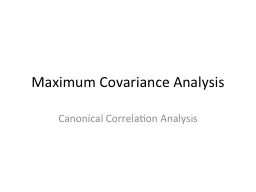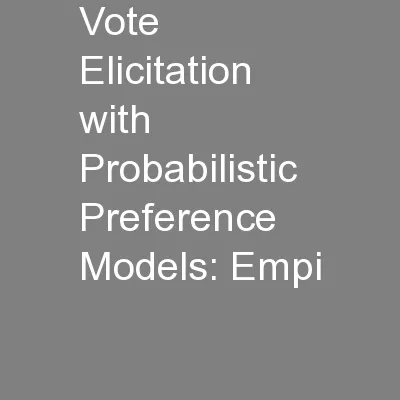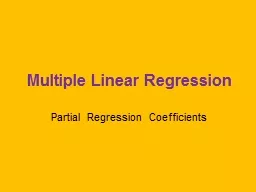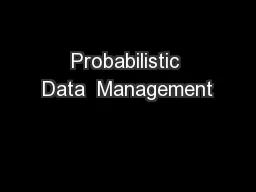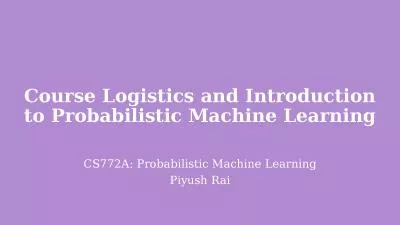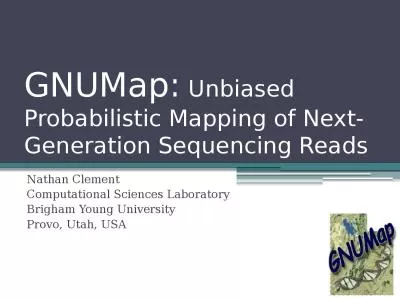PDF-Probabilistic Partial Canonical Correlation Analysis Y
Author : min-jolicoeur | Published Date : 2015-05-11
Partial CCA is known to be closely related to a causal ity measure between two time series However partial CCA requires the inverses of covariance matrices so the
Presentation Embed Code
Download Presentation
Download Presentation The PPT/PDF document "Probabilistic Partial Canonical Correlat..." is the property of its rightful owner. Permission is granted to download and print the materials on this website for personal, non-commercial use only, and to display it on your personal computer provided you do not modify the materials and that you retain all copyright notices contained in the materials. By downloading content from our website, you accept the terms of this agreement.
Probabilistic Partial Canonical Correlation Analysis Y: Transcript
Download Rules Of Document
"Probabilistic Partial Canonical Correlation Analysis Y"The content belongs to its owner. You may download and print it for personal use, without modification, and keep all copyright notices. By downloading, you agree to these terms.
Related Documents

